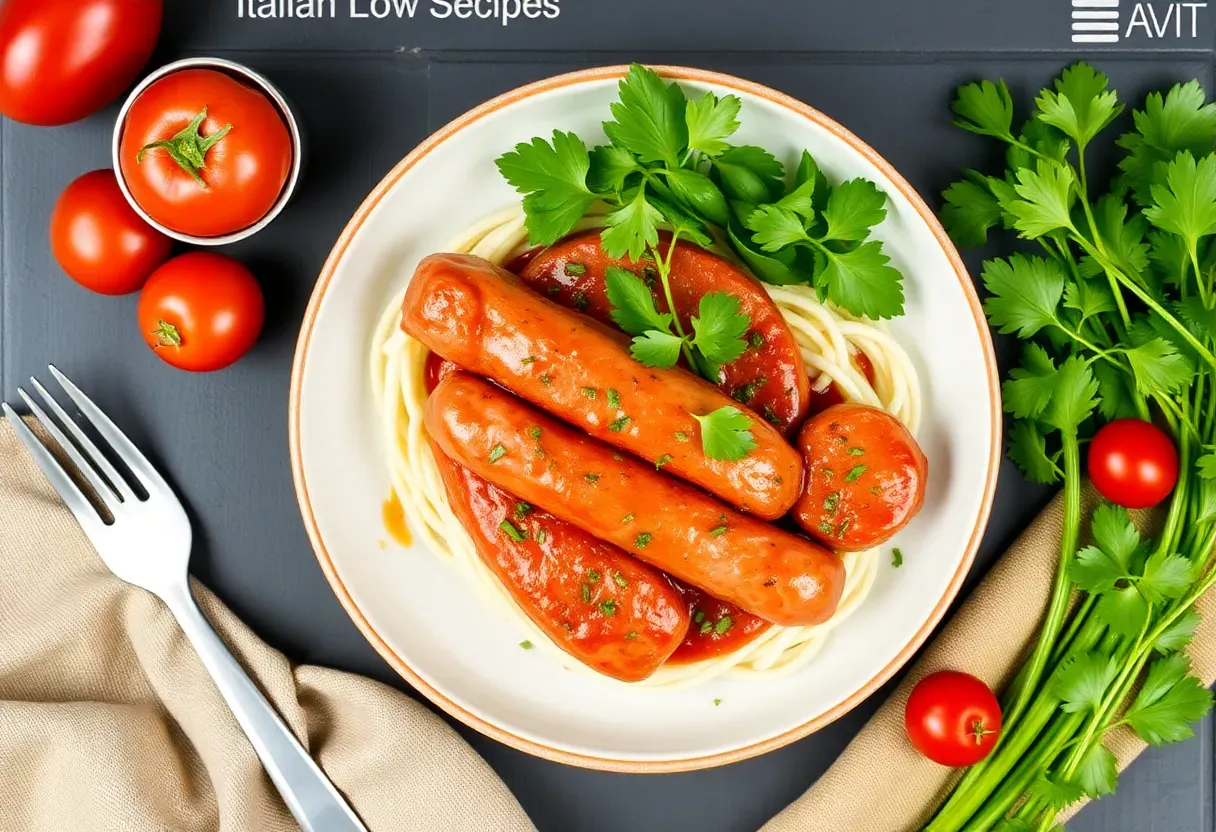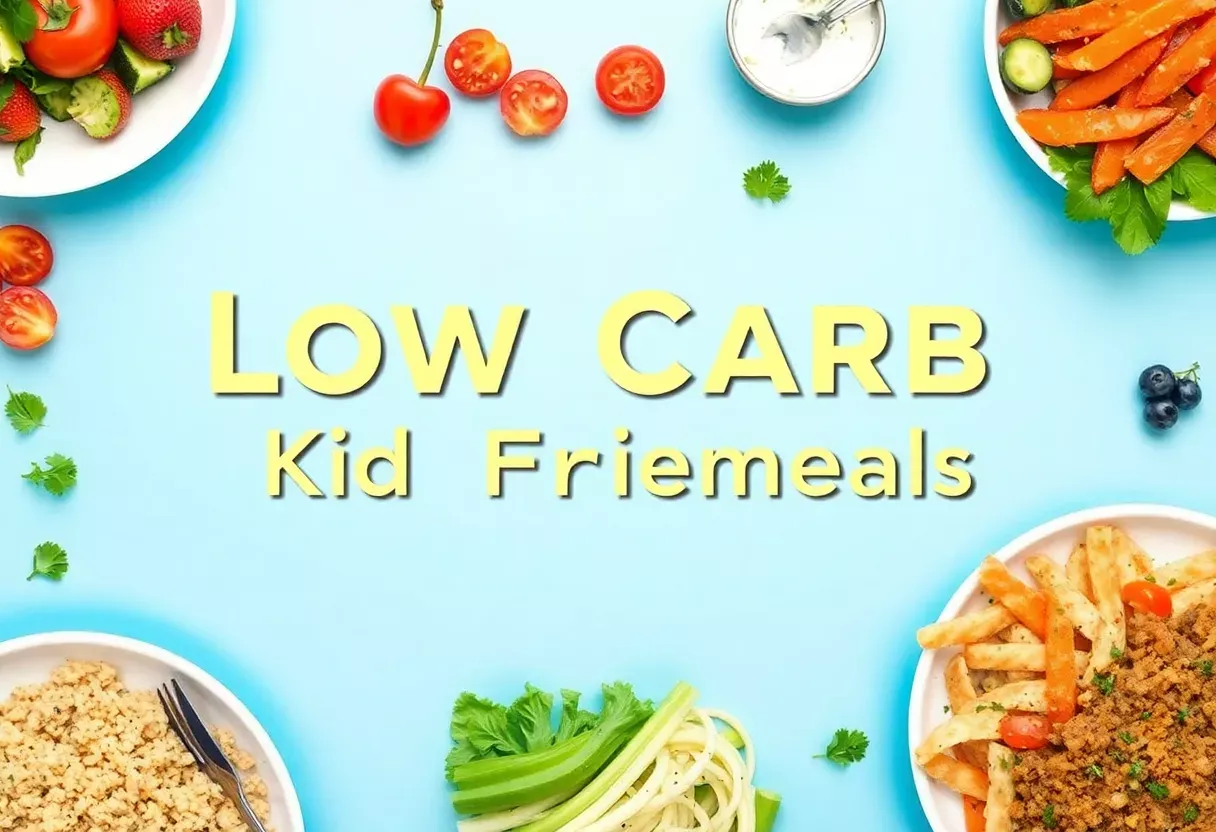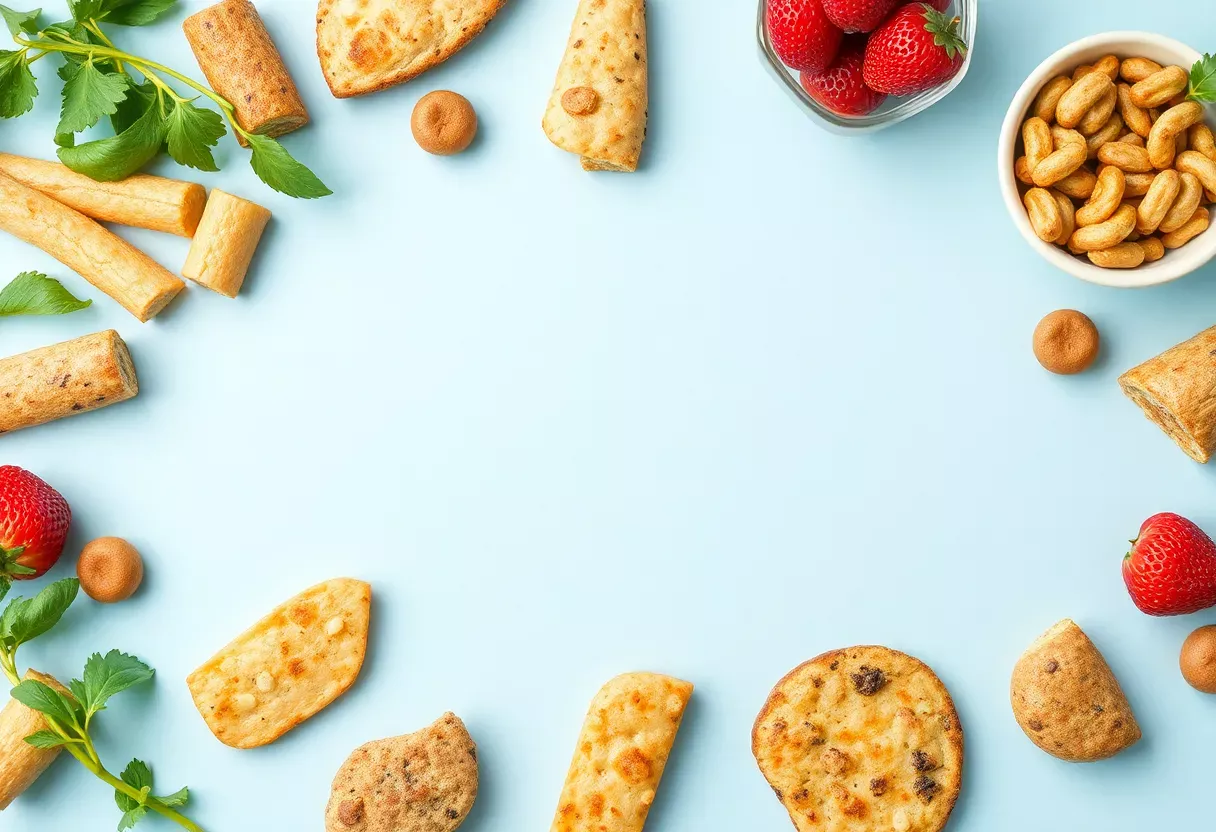Ever feel like your digestive system just needs a break? Maybe your doctor said “low fiber,” or perhaps your gut’s staging a rebellion. Either way, you’re here because you need meals that are easy on the system but still taste like actual food.
No cardboard, no sad boiled chicken—just simple, delicious, low-fiber wins.
Think creamy mashed potatoes, tender scrambled eggs, and soups so smooth they’d make a blender jealous. These recipes aren’t just gut-friendly; they’re lazy-cook-approved. Ready to eat well without overcomplicating things?
Let’s go.
What Makes This Recipe So Good
This isn’t just another “eat this if you hate flavor” diet plan. These recipes are designed to be gentle on digestion while still packing in taste and nutrients. They skip the roughage but keep the satisfaction.
Plus, they’re stupidly easy.
No fancy techniques, no obscure ingredients—just real food that won’t leave you Googling “why does my stomach hate me?” later.
Ingredients
Here’s what you’ll need for a basic low-fiber mashed potato bowl (serves 2):
- 2 large russet potatoes (peeled)
- 1/4 cup whole milk or lactose-free alternative
- 2 tbsp unsalted butter
- 1/4 tsp salt (adjust to taste)
- 1/4 tsp white pepper (black pepper works, but white is gentler)
- 1/2 cup cooked, skinless chicken breast (shredded or diced)
- 1/4 cup mild cheddar cheese (shredded)
Step-by-Step Instructions
- Peel and chop the potatoes into 1-inch cubes. Smaller pieces cook faster, and we’re all about efficiency.
- Boil them in salted water for 12–15 minutes or until they’re fork-tender. Don’t let them turn to mush—unless you’re into that.
- Drain the potatoes and return them to the pot.
Add milk, butter, salt, and white pepper. Mash until smooth. Lumps are optional (but not recommended).
- Fold in the chicken and cheese while the potatoes are still hot.
The residual heat will melt the cheese into gooey perfection.
- Serve immediately. Pro tip: If you’re feeling fancy, garnish with a sprinkle of chives (but only if your gut approves).
Storage Instructions
Store leftovers in an airtight container in the fridge for up to 2 days. Reheat in the microwave with a splash of milk to revive the creaminess.
Freezing? Don’t. Mashed potatoes turn into a sad, grainy mess—trust me.
Benefits of This Recipe
This meal is a digestive system’s best friend.
Low in fiber but high in comfort, it’s perfect for post-surgery recovery, flare-ups, or just those days when your stomach needs a timeout.
It’s also packed with protein (thanks, chicken and cheese) and easy to customize. Swap ingredients based on what your body tolerates—more on that below.
Common Mistakes to Avoid
- Leaving the potato skins on. Fiber lives there, and we’re avoiding it like that one ex you blocked everywhere.
- Overloading on dairy. If lactose is an issue, use lactose-free milk or a non-dairy substitute.
- Adding raw veggies. Cooked carrots or zucchini are fine, but keep them minimal and skinless.
Alternatives
Not feeling mashed potatoes? Try these swaps:
- Scrambled eggs with white toast. Soft, easy, and endlessly customizable.
- Creamy rice pudding. Use white rice, milk, and a touch of sugar for a sweet option.
- Pureed butternut squash soup. Roast, blend, and strain for a silky-smooth bowl of comfort.
FAQ
Can I use sweet potatoes instead of russet?
Technically, yes—but sweet potatoes have more fiber.
Stick to russet or Yukon Gold for the lowest fiber content.
What if I can’t tolerate dairy?
Swap the milk for unsweetened almond milk or lactose-free options. For butter, use a dairy-free alternative like olive oil or margarine.
Is this recipe gluten-free?
Yes, as written. Just double-check any added ingredients (like store-bought broth or cheese) for hidden gluten.
Can I add other proteins?
Absolutely.
Ground turkey, tofu, or even lean fish (like cod) work well. Just keep it tender and skinless.
Final Thoughts
Eating low-fiber doesn’t mean eating like a sad rabbit. These recipes keep things simple, tasty, and gut-friendly—no sacrifices required.
Whether you’re recovering or just need a break from roughage, these meals have your back (and your stomach).
Now go forth and eat without overthinking it. Your digestive system will thank you.






